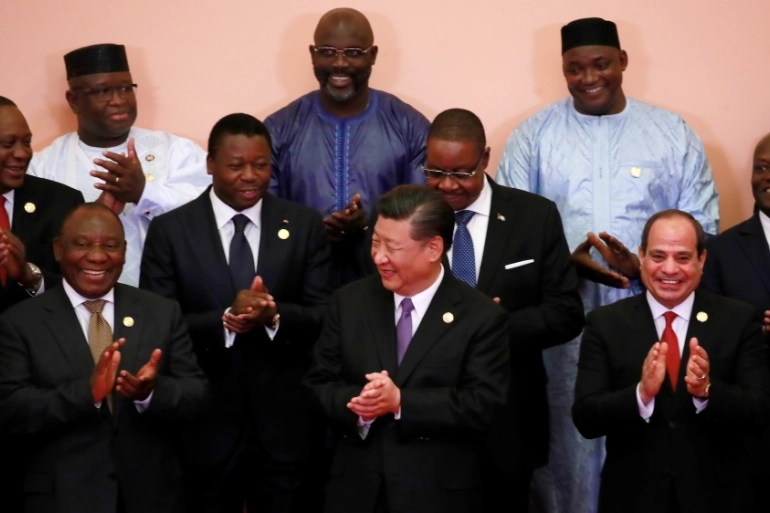The stated objectives of the Belt & Road Initiative (BRI) are to construct a transcontinental passage that links China with South East Asia, South Asia, Central Asia, Russia and Europe by land and a 21st Century Maritime Silk Road, a sea route connecting China’s coastal regions with South East Asia, South Asia, the South Pacific, the Middle East and Africa. The initial focus has been infrastructure investment, education, railway and highway construction, power grids and iron and steel construction.
The US has been shaken to the core. This China initiative promoted the development of recipient countries, initiated much-needed infrastructure investment and brought about a reduction in their dependency on the US. The thrust of the initiative was anti-hegemonic, to promote countries independence and countries’ prosperity and bring about a realisation of China’s “Win-Win” ambition. Mutual benefit is the constant theme. “If it is good for me it has to be good for you as well”.
The West was challenged. The concept and the subsequent implementation was on such a grand scale that it shook the West to its foundations. This was China’s response to the US and UK imperialism – not a new Imperialism but something quite different, quite bold, quite challenging. The phrase “mutual prosperity” was everywhere. Chinese funds and technological knowledge and experience would assist the economic development of each of the recipient countries as well as China as the sole donor country.
The West responded by smearing the initiative as “debt-trap diplomacy”. BRI was a China trap, it was claimed, to get recipient countries to borrow beyond their means and, when that situation was reached, to take control of the assets of the recipient county. The BRI was quickly dismissed as a clever ruse by China to extend its ownership of foreign assets by over-feeding third world countries eager for funds to construct much needed internal development. China would become the new Imperialist as countries repeatedly overreached themselves thereby allowing China to be owners of foreign plants and roads and ports.
This was the explanation offered by the US/UK governments and by the think tanks and writers and columnists. It played to racist instincts as well “The inscrutable Chinese are coming. Beware”
In fact, debt-trap diplomacy was a myth – says Deborah Brautigam, Professor of International Political Economy at John Hopkins University and founding Director of the China Africa Research Initiative. She has scrutinised many Chinese loan documents mainly for projects in Africa and reports that no evidence has been found that China seizes assets of other countries if they fail to meet their repayment dates.
This revelation comes just as dozens of African countries are either in, or at high risk of, debt distress due to Covid-19. Most of the countries including – Angola, Ethiopia, Kenya and Zambia – which are among the top borrowers from China have sought debt relief. More than 20 countries have received debt relief and some countries have had their interest free loans cancelled.
Brautigam said the narrative that China was deliberately setting debt traps worried Sri Lanka, Malaysia, Kenya and Nigeria and became an internal party political issue within the recipient countries. That has now passed. Recipients are assured that China seeks the development of the recipient countries economy as a big step towards “win-win” diplomacy.
China benefits most from stability and prosperity – inside China – and across the world. BRI will be around for a long time yet.




